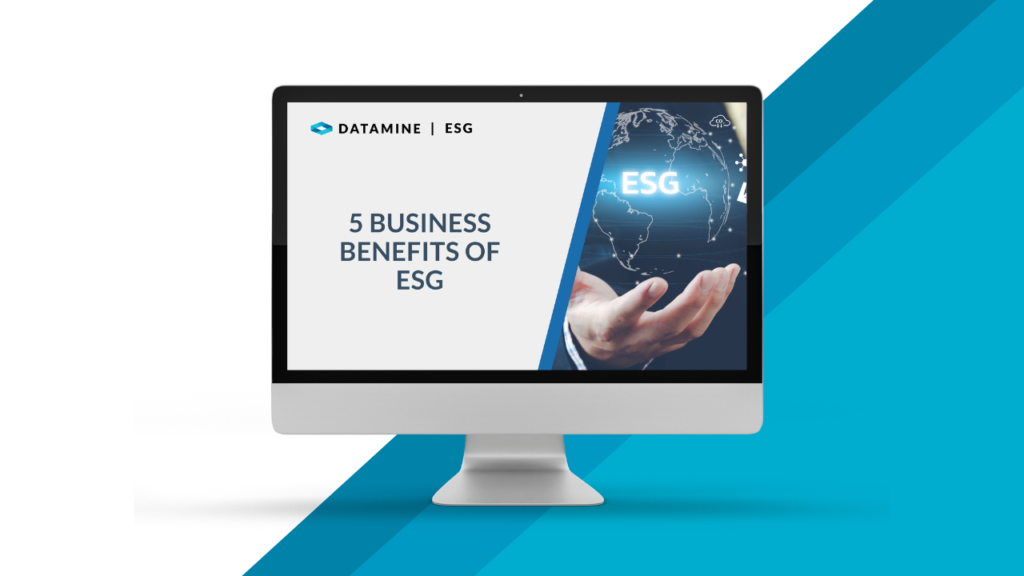Type ESG into the search function of LinkedIn and it suggests there are more than 321,000 people who have those three little letters attached to their profiles.
Adding to a long line of ever-dreaded boardroom acronyms, ESG is short for Environmental, Social, Governance, and has evolved from the Triple P (People, Profit and Planet) push of the ’80s.
But acronyms aside, this is no empty, token sustainability movement. ESG now plays a very real part in the allocation of capital to businesses, especially those operating in industries with a more direct and lasting impact on the environment meaning its of paramount importance when it comes to mining.
A solid ESG strategy and solution that harvests and makes use of real time data and allows users to correct, modify and update decisions on the fly, will be key for any businesses hoping to stand firm in the future.
When McKinsey and Co pointed their spotlight on ESG they identified five areas where a strong ESG focus can create value for businesses:
- Top Line Growth
- Cost Reductions
- Regulatory and Legal Interventions
- Productivity Uplift
- Investment and Asset Optimisation
Fleshing the points out a little, the McKinsey team suggested businesses with a proven sustainability focus were more attractive to suppliers and customers than those who paid less attention to the area.
It found businesses with a sustainability focus made better decisions around the use of energy and water, generating operational cost savings along the way.
Breaking into new markets or standing out in existing markets, and gaining government and regulatory support and approval, was also easier for businesses with a strong ESG history.
It said staff working for businesses with a mission that includes helping the planet stayed longer and worked harder in return for the social credibility these companies brought them.
And, when it came to making investment decisions, companies with a strong ESG strategy in place tended to plan for the longer term, investing capital into sustainable solutions that lasted longer and provided greater value for money than a short-term fix.
Any number of current reports on the importance of ESG in terms of investment by others into a business via shares and stock markets, make it crystal clear, that the Millennial and Generation-X investors starting to enter the market now are particularly predisposed to support businesses showing a strong commitment to a more sustainable future.
While traditional approaches to sustainability have been somewhat stagnant, with a silo-style approach across the three ESG dimensions within a business, technology now exists to monitor across and connect these previous silos in real time. Better connection means better understanding of the links and consequences of each element, and the ability to use these interlinked systems to respond quickly and effectively.
With the right systems in place, today’s businesses have the fluidity of knowing where they are and where they’re heading. You can plan for the best outcomes. Rather than relying on simply putting up risk management barriers to protect yourself against the innumerable things that could potentially go wrong and hoping for the best, you can instead actively seek out opportunities and confidently stride towards them.




